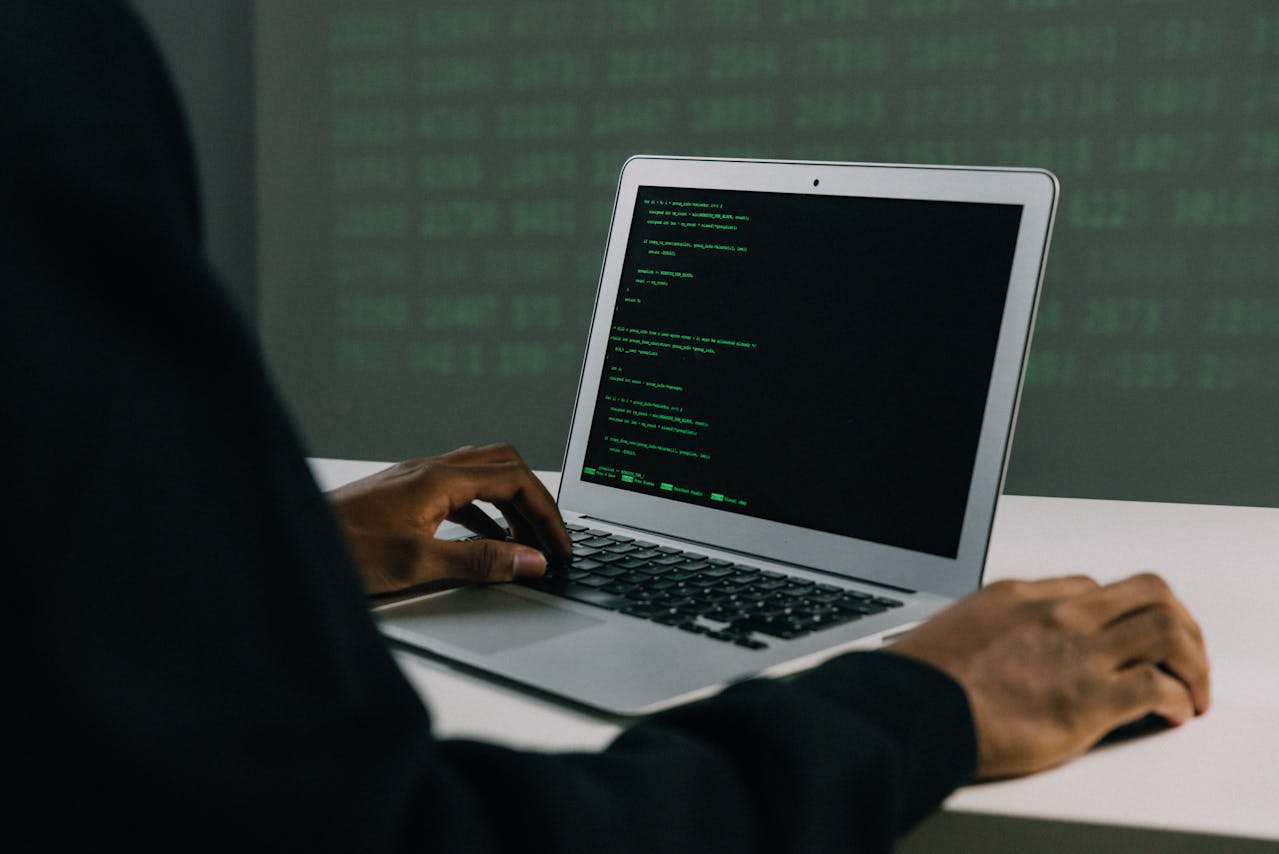
Protecting patient data is crucial for businesses in the healthcare sector since cyberattacks are a common occurrence. There have already been 415 data breach cases made public in 2024 alone. To guarantee data security, especially considering the rapid digitization of medical records, employing specialized software is a must.
Among other strict regulations, the Health Insurance Portability and Accountability Act (HIPAA) mandates that healthcare providers maintain sensitive patient data. Healthcare facilities use staff monitoring programs to protect data because of the growing risks of cyberattacks and technological improvements. These techniques can be applied to keep an eye on employee activities, identify suspicious behavior, and protect patient information against unwanted access.
This article explains how healthcare IT employees can use staff monitoring programs as a useful tool to protect private patient data.
The Role of Employee Monitoring in Healthcare IT
Employee monitoring programs are increasingly used in healthcare IT to enhance the protection of patient data. Reliable software for employee monitoring tracks user activity, logs data access, and monitors any changes made to systems that store patient records. Finding possible gaps that could lead to data breaches requires this kind of surveillance. Protecting sensitive data, such as patient medical records, is the responsibility of healthcare IT specialists.
In addition to having technological know-how, they must make sure that workers access or transfer this data in compliance with relevant laws and rules. Employee monitoring technologies can notify IT teams of any illegal attempts to view or alter patient records and offer the most recent information on system privileges. Healthcare professionals can stop information theft before it begins by keeping a careful eye on system activity.
Compliance With Healthcare Regulations
Implementing staff monitoring programs has several benefits, one of which is ensuring compliance with healthcare regulations such as HIPAA. HIPAA establishes standards for how healthcare providers handle protected health information (PHI). Breaking these regulations can have serious repercussions, including penalties and reputational damage.
Programs for employee monitoring are made to record actions that can be used as evidence of compliance during an audit or investigation. Healthcare organizations can show that they abide by the necessary regulations to safeguard the privacy of patients by recording who accessed what data and when.
Detecting Insider Threats in Healthcare
Insider threats, coming from workers or contractors with access to private information, are one of the largest issues facing patient data protection. When someone with access to patient data misuses it, whether on purpose or accidentally, insider dangers may arise. Programs for employee monitoring might be a helpful tool for identifying and averting these dangers.
Healthcare IT teams can spot odd patterns of behavior that might point to an insider threat by regularly monitoring system access and data usage. A red signal might be raised, for instance, if a person starts accessing a lot of patient records that are not related to their work duties. Employee monitoring programs can provide thorough reports on which users are accessing what data, allowing IT experts to act quickly in the event of a possible problem.
Additionally, these techniques can aid in preventing unintentional data leaks brought on by human error. Employees who handle sensitive information improperly, like transferring PHI via unprotected email channels, are frequently the cause of data breaches. Healthcare IT teams can identify these errors early and reduce the risk before any harm is done by putting monitoring strategies in place.
Balancing Privacy and Security in Monitoring Programs
Healthcare businesses must strike a balance between the requirement for security and the privacy concerns of their staff, even if employee monitoring programs are essential for safeguarding patient data. While maintaining data security, monitoring methods should be put into place in a way that respects employee privacy.
Healthcare companies should be open and honest about their monitoring procedures, explaining to employees what is being tracked and why. Employees should understand that the main goal of monitoring is to safeguard patient information, not to pry into their privacy. Employees' worries about being monitored can be alleviated and trust can be strengthened as a result of this transparency.
Healthcare IT specialists should establish monitoring programs with transparency and with the least amount of privacy invasion possible. Monitoring should only keep track of information pertinent to patient data protection and concentrate on work-related tasks. Healthcare establishments can achieve the ideal balance between safeguarding patient data and upholding staff privacy by carefully planning their monitoring procedures.

Final Words
Patient data security is a top priority for healthcare facilities, and staff monitoring measures are an essential tool to guarantee the security of sensitive information. By monitoring system access, detecting internal risks, and ensuring conformity to healthcare regulations, these technologies can help healthcare IT staff safeguard patient data from unauthorized access.
Programs for employee monitoring have many upsides, but they must be used properly to protect employees' privacy. By being transparent and honest about monitoring procedures and focusing on those associated with work duties, healthcare organizations can create a safe work environment that protects patient data and employee rights.